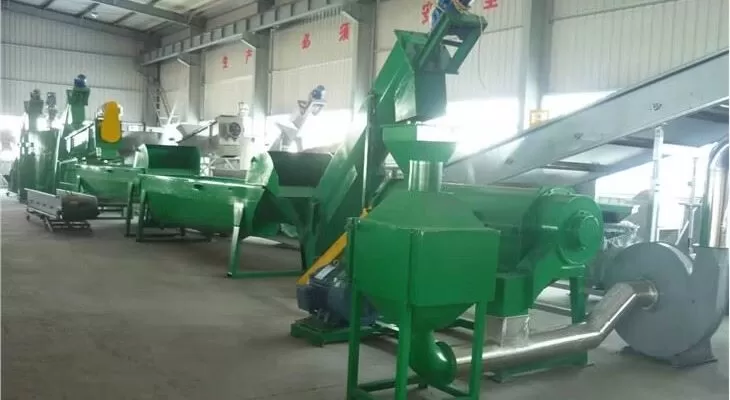Plastic waste is everywhere in retail. It wraps products, fills up packaging, and seems unavoidable. But the problem? It’s becoming an environmental nightmare and a costly burden. Retailers face pressure to reduce plastic usage, yet they still need affordable, flexible materials for packaging and shipping. Can plastic recycling offer a solution?

Yes, plastic recycling is transforming the retail industry. By turning waste into reusable resources, retailers are reducing their environmental impact while keeping costs down. Many retailers are exploring innovative ways to recycle plastic into new products, reduce waste, and enhance sustainability.
Let’s explore how plastic recycling is reshaping the retail sector, bringing eco-friendly practices to the forefront and opening new doors for green-minded businesses.
What Are the Key Challenges of Plastic Recycling in Retail?
Plastic recycling in retail is not as simple as it sounds. Retailers deal with various types of plastic: from PET bottles to LDPE wraps, each requiring unique recycling processes. Sorting these plastics can be a logistical challenge, especially when contamination from labels, glue, and inks is common.
Additionally, some plastics are easier to recycle than others. Items like polystyrene foam and colored plastics have limited recycling markets, meaning retailers must be selective in their recycling efforts. And then there’s the cost factor—setting up an efficient recycling system isn’t cheap, but it pays off in the long run.
How Are Retailers Reducing Waste with Recycled Plastic?
Some forward-thinking retailers are tackling plastic waste by integrating recycled materials back into their supply chain. For example, many companies now use recycled PET (rPET) plastic in their packaging. rPET offers the same durability as virgin plastic but with a significantly lower environmental footprint.
Retailers also reduce waste by using recycled plastic for in-store fixtures, such as shelving and displays. This approach keeps plastic out of landfills while creating a visually sustainable brand image. It’s a win-win situation for both retailers and the environment.
How Can Retailers Encourage Customers to Recycle?
Customer involvement is key in retail plastic recycling efforts. Many stores have introduced in-store recycling programs, allowing customers to return used packaging for recycling. This initiative not only reduces waste but also educates consumers about recycling’s impact.
Some brands have even created incentives for recycling. Programs that reward customers with discounts or loyalty points when they bring in plastic waste make recycling more appealing and accessible, encouraging shoppers to embrace sustainable habits.
What Are the Cost Benefits of Recycling in Retail?
The cost benefits of recycling plastic in retail are substantial. First, recycling can lower waste management expenses by reducing the amount of waste sent to landfills. Retailers save on disposal fees and, in some cases, even profit by selling recycled materials to manufacturers.
Additionally, using recycled plastic instead of virgin materials often lowers material costs. Many businesses have discovered that recycling and reusing plastic can provide quality materials at a fraction of the cost, ultimately leading to lower production costs and higher profits.
How Is Technology Enhancing Plastic Recycling in Retail?
Technology plays a significant role in retail recycling. Advanced sorting systems now use AI to separate different types of plastic quickly and accurately, improving efficiency and reducing contamination. This level of precision ensures that more plastic can be recycled into high-quality materials suitable for retail use.
Retailers are also adopting chemical recycling technologies, which break down plastic at a molecular level. This process allows the recycling of plastics that are usually difficult to process, creating new options for sustainable packaging and products.
Can Recycled Plastic Improve Brand Image?
Absolutely. Retailers focusing on sustainability often find that customers respond positively to eco-friendly initiatives. Using recycled plastic in packaging or store displays signals a commitment to the environment, attracting customers who prioritize green practices.
In fact, studies show that today’s consumers are more likely to support brands with visible sustainability efforts. This shift towards conscious consumption gives retailers a strong incentive to incorporate recycled plastic and promote their eco-friendly actions.
Conclusion
Plastic recycling is changing the face of the retail industry, making it more sustainable, cost-effective, and customer-friendly. By embracing recycled plastic, retailers can tackle plastic waste, lower costs, and boost their brand image. For any retail business, it’s not just a choice—it’s the way forward.
